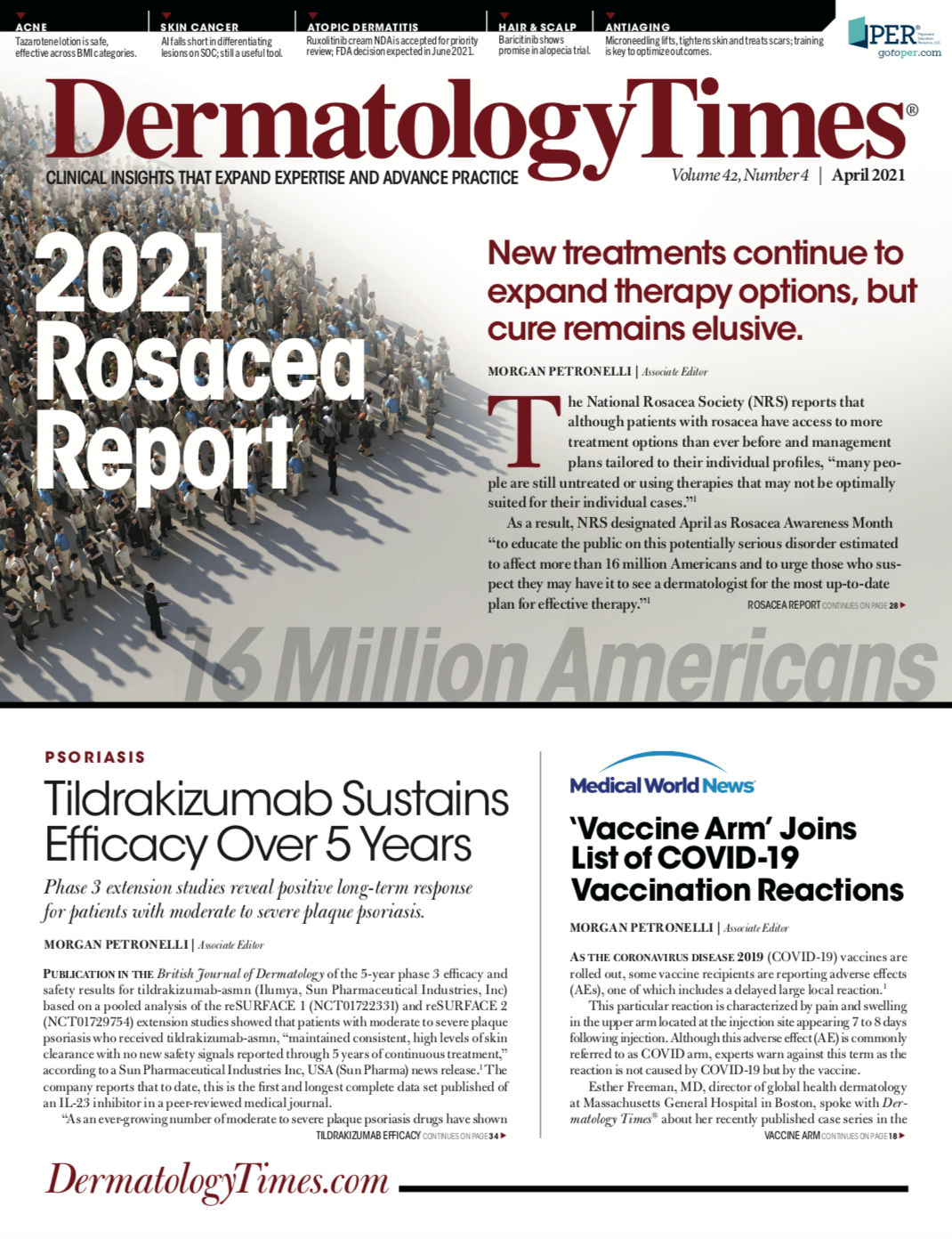- Case-Based Roundtable
- General Dermatology
- Eczema
- Chronic Hand Eczema
- Alopecia
- Aesthetics
- Vitiligo
- COVID-19
- Actinic Keratosis
- Precision Medicine and Biologics
- Rare Disease
- Wound Care
- Rosacea
- Psoriasis
- Psoriatic Arthritis
- Atopic Dermatitis
- Melasma
- NP and PA
- Skin Cancer
- Hidradenitis Suppurativa
- Drug Watch
- Pigmentary Disorders
- Acne
- Pediatric Dermatology
- Practice Management
- Prurigo Nodularis
- Buy-and-Bill
Publication
Article
Dermatology Times
Laser Device Purchases Are Guided by Multiple Factors
Author(s):
Determine whether a laser device is a good investment for a specific practice and, if so, how to choose the right piece of equipment.
Buying laser equipment can be a good way to diversify a practice’s income streams, but like any major investment for a practice, detailed research is key. In a presentation at the virtual ODAC Dermatology, Aesthetic & Surgical Conference,1 Nazanin Saedi, MD, assistant professor at Thomas Jefferson University and director of the Jefferson Laser Surgery and Cosmetic Dermatology Center in Philadelphia, Pennsylvania, detailed best practices for understanding the local market, weighing the financial impact of such a purchase, and gauging patient interest in laser procedures.
Overall Demand for Laser Procedures
According to a 2019 study by the American Society for Dermatologic Surgery on laser/light device procedures that year, the most common laser, light, and energy-based procedures were for sun damage and wrinkles. The remainder of the 4.1 million total procedures were, in descending order of popularity, for facial redness, laser hair removal, melasma/brown patches, acne, scars, tattoo removal, and birthmarks. Approximately 90% of aesthetic patients aim to improve texture abnormalities, pigmentation problems, or vascular conditions.
Ways to Ascertain Client Interest
These are the macro trends affecting dermatology across the specialty. A given practice’s patient population will likely vary to some degree from that overarching data. A look at the demographics of that population, including age and gender, may provide some guidance. Obtain more detailed information by adding questions or creating a questionnaire to include in patients’ paperwork indicating possible interest in cosmetic procedures, which ones, and prior treatment history. This helps identify patients’ main areas of concern, such as wrinkles, pigmentation, vessels, or excessive hair.
Practice Management Considerations
Perform due diligence on competitors offering similar services, including MediSpas and aesthetic and cosmetic physicians. If there is an opening in the local market, the most important differentiator is expertise. Dermatologists need to perfect their skills with any new equipment. Staff should also be well-informed about the new services offered so that they can inform patients about what to expect and potential benefits/risks.
Take the time to analyze approximate patient demand, office space required, schedule availability, overhead costs, and time and money spent on staff training. This helps identify possible devices that are a good fit for the practice’s needs.
Financial Best Practices
Gauge overhead and profit margin, and determine a break-even point. It is also crucial to compare devices and calculate the amount of profit per unit of time. Buy only one device at a time; don’t purchase another device until a profit is achieved on the first one.
Beware of hidden costs for devices—consumables, maintenance, follow-up visits (which count as lost revenue), and service contracts that can be up to $10,000 per year.
It is also important to understand financing options, including buying, renting, leasing, or purchasing a used device. When renting devices, the lasers are usually not the latest ones on the market; however, renting can help you determine if you have enough demand to actually purchase the item. Leasing is typically more expensive, but it may make more financial sense as the technology continues to change. Used devices may be tricky because there are many counterfeit items. Reliability and quality also may be an issue with used devices, and service contracts for used devices might be a challenge to negotiate or decipher.
Other considerations include treatment time (if it is, indeed, worth your time), possible need for additional staff, availability of extra space, need for multiple treatments, and potential ability to delegate treatments.
When deciding which device to buy, it is important to review the data, watch multiple demonstrations to get a feel for the device, and speak with colleagues about nuances, patient experiences, and real-life complications.
In addition, be sure to purchase a device that has a good track record and places safety first.
Disclosure:
Saedi reported no relevant or financial disclosures.
Reference:
1. Saedi N. Selecting the best devices when starting out. Presented at: ODAC Dermatology, Aesthetic & Surgical Conference; January 14-17, 2021; virtual. Accessed March 12, 2021. 2. https://www.asds.net/Portals/0/Images/body-procedures-survey-results-infographic-2019.jpg






